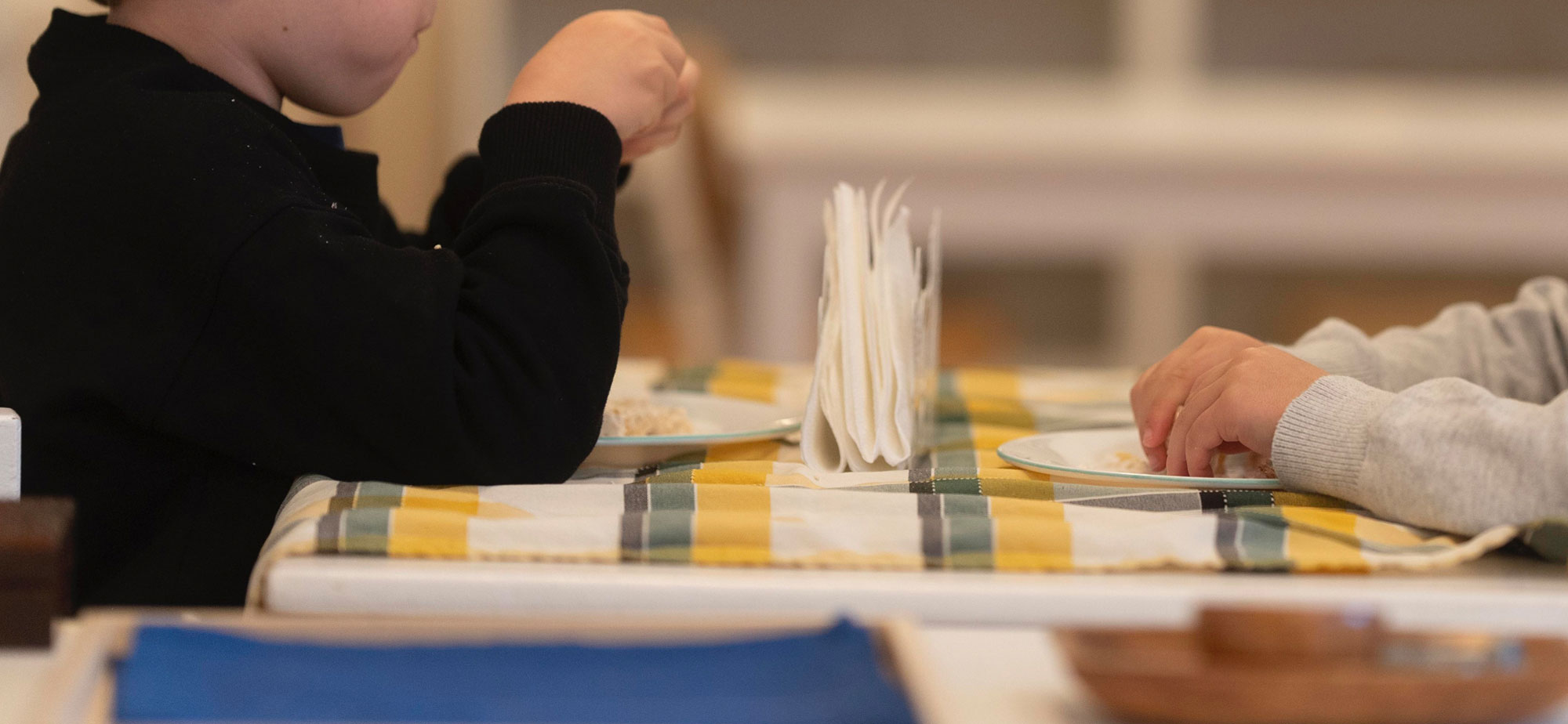
children’s house 3-6
introduction
Maria Montessori conceived a classroom environment especially prepared for 3 to 6 year-olds. She called it the Children’s House, and it was especially designed to nourish their developmental needs during these years.
Key among these needs is for the child to be able to develop skills to become independent. One way to understand how the Montessori philosophy is put into practice in the classroom is to think of what we are offering the children as “structured autonomy.” In order for the children to be autonomous, clear ground rules must be established and the classroom environment needs to be organized with great care by the Guide and Assistant. As the children learn the ground rules and how to function in the classroom, their security and self-esteem grows tremendously. They feel more and more confident in the environment because it is consistent and thus predictable. This gives them a solid base, which enables them to thrive as individuals, combining a strong sense of self, a sense of belonging and a respect for the community.
The Children’s House has a clearly defined, sequential curriculum. Its five main areas are: practical life, sensorial, language, mathematics, and culture (geography, history, science, arts and music).
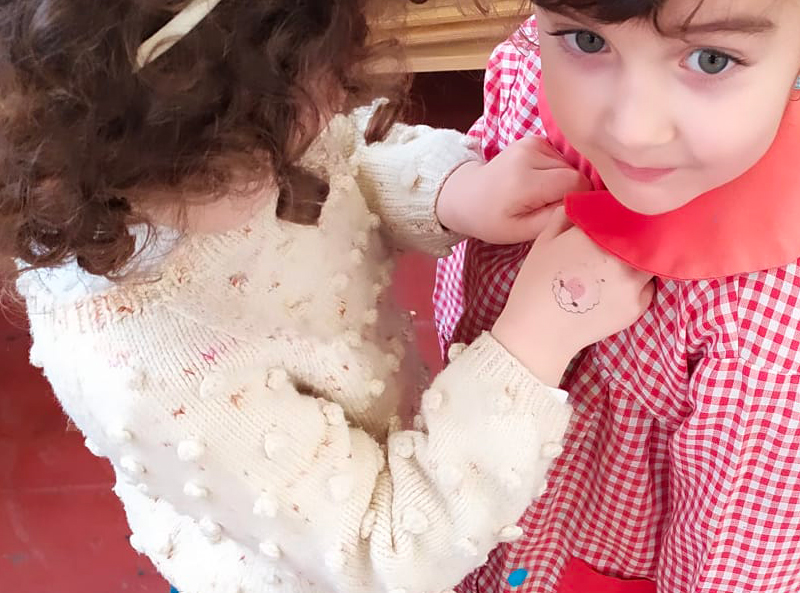
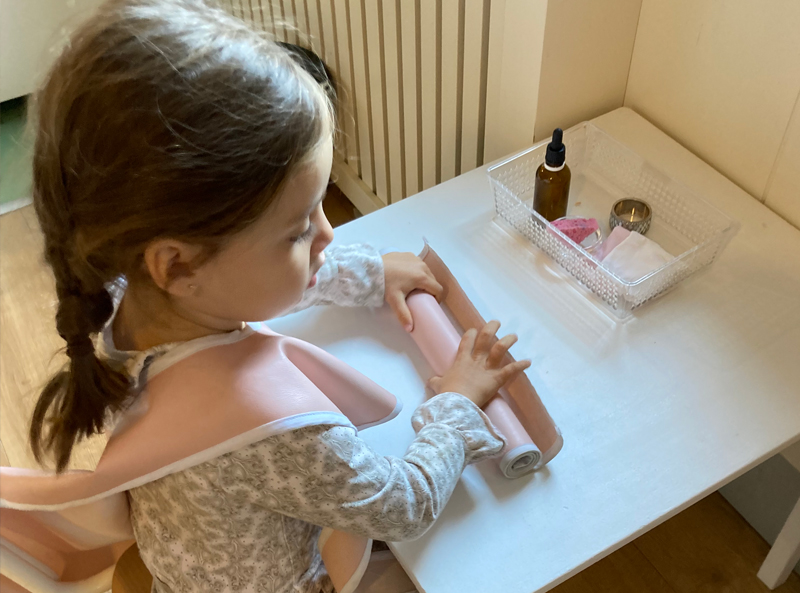
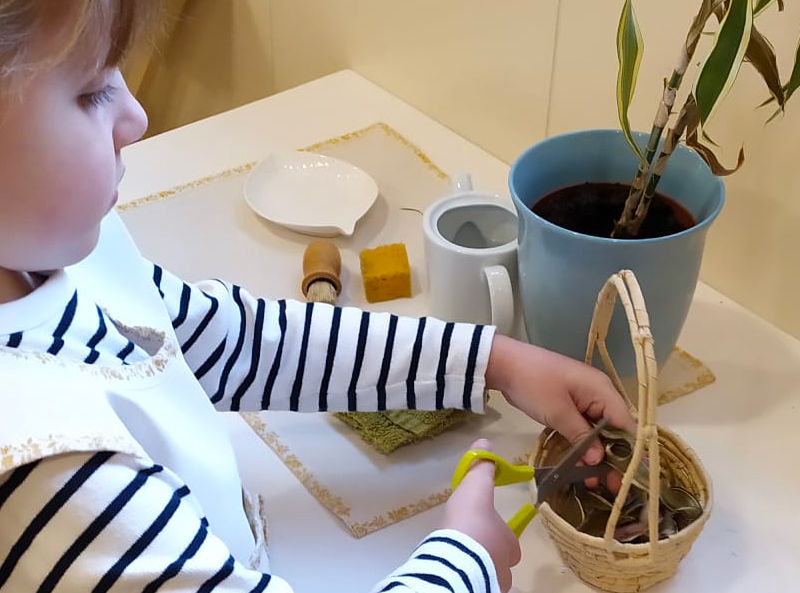

practical life
The first materials presented in the Children’s House are very attractive and familiar from everyday life. They are designed to be used without adult help: boxes to be opened and closed, padlocks to be locked and unlocked, rags and buckets for washing, pitchers, zippers, snaps, and ribbons to tie and untie. These activities help the child develop fine and gross motor skills and coordination, as well as the ability to focus. As a result, children achieve greater independence and develop self-confidence and self-esteem.
sensorial
The sensorial materials were specifically designed by Maria Montessori to foster experiential learning through the senses. Children explore color, weight, length, texture, flavor, smell, sound and dimension. While honing their senses, they develop concentration, distinguish detail and control their movements, becoming an informed explorer of their environment. Improving understanding and appreciation, they themselves construct the foundation that will allow them to communicate with precision, both verbally and visually. The use of these materials offers indirect preparation for future studies of mathematics and science.
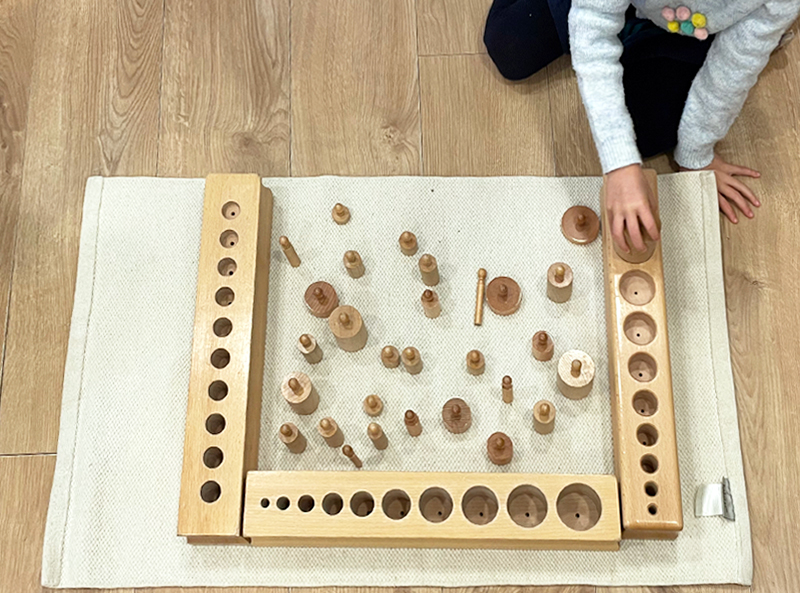

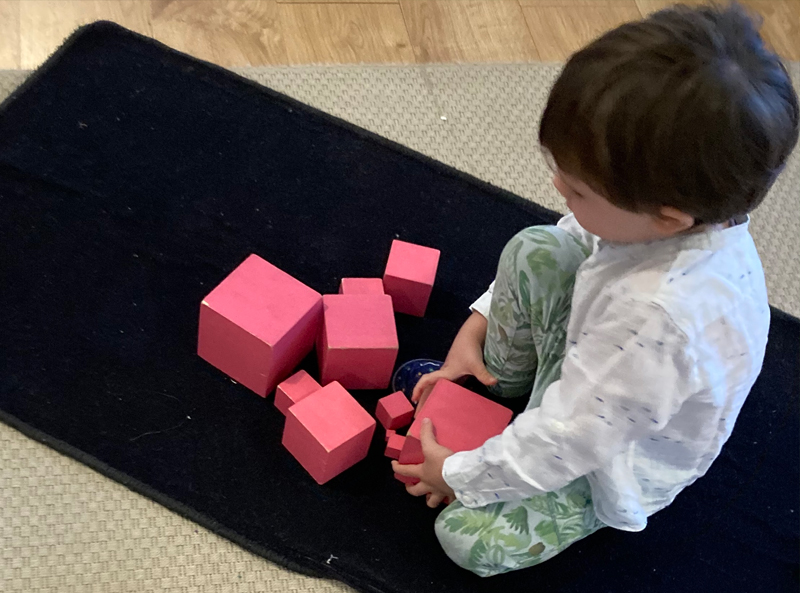
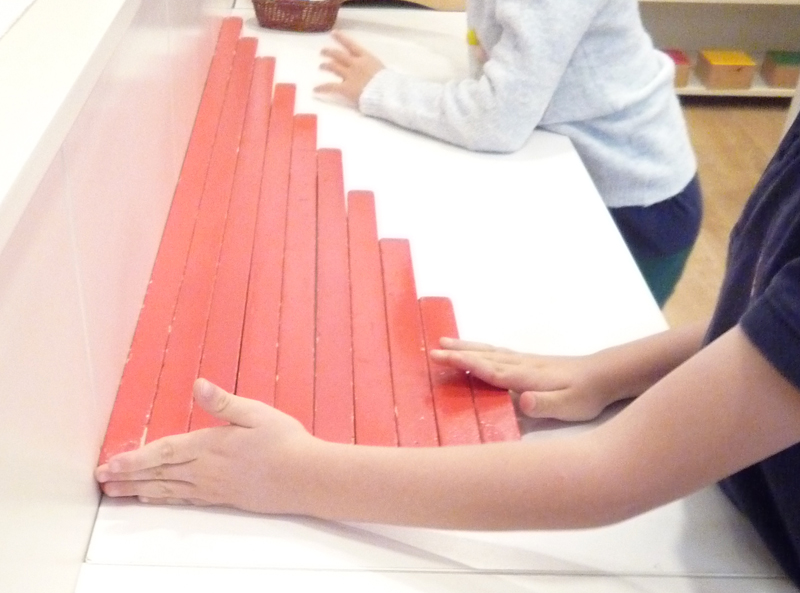
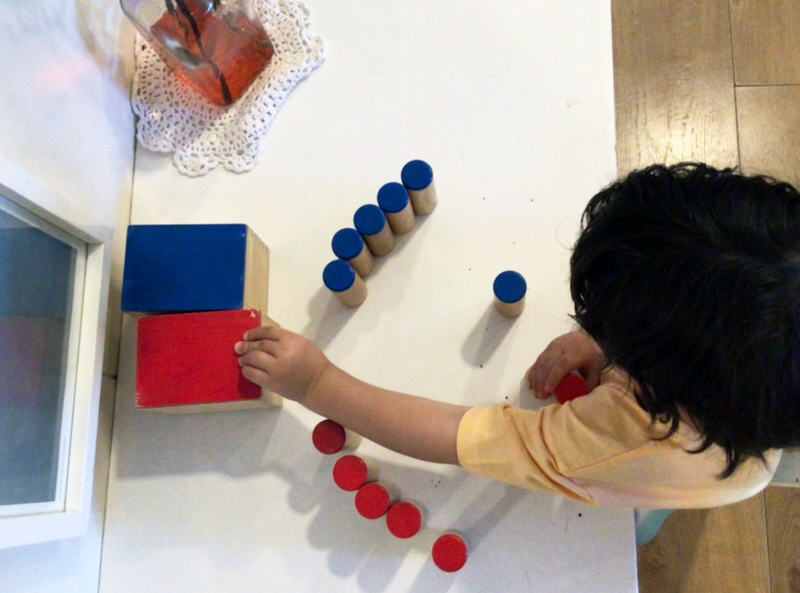
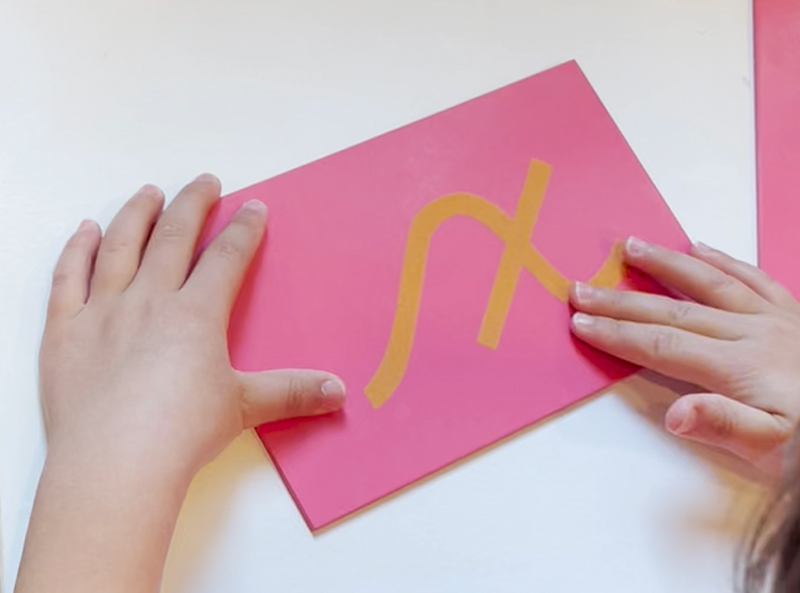
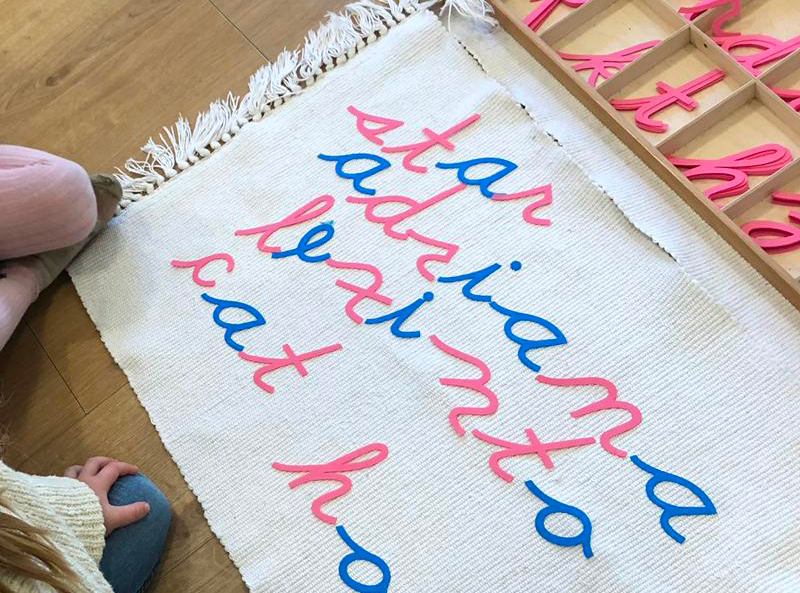
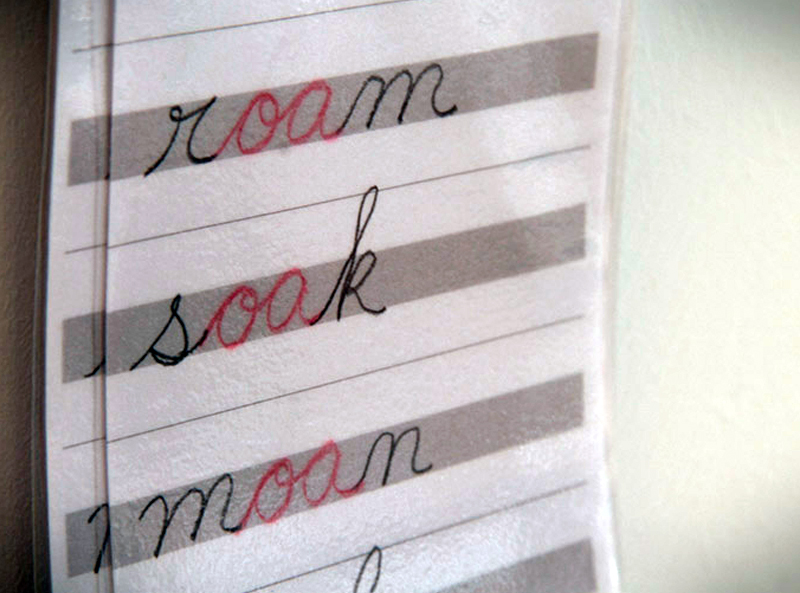
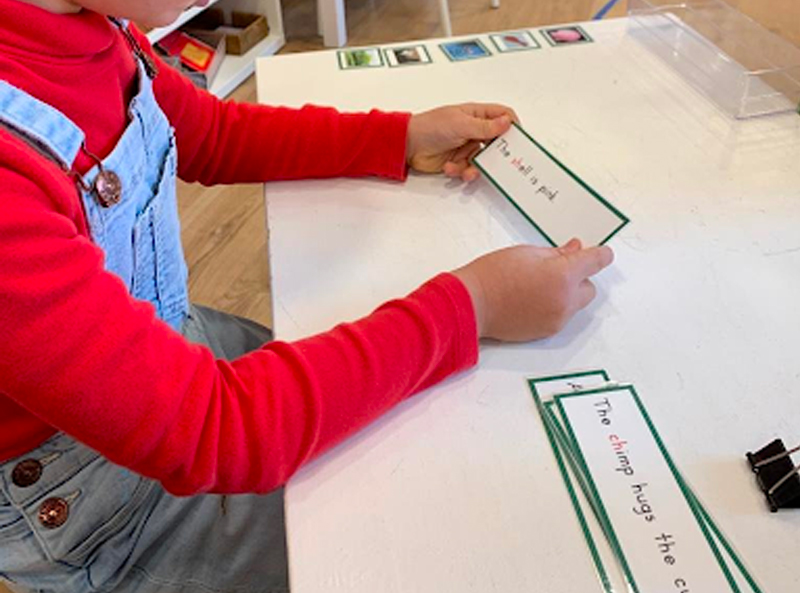
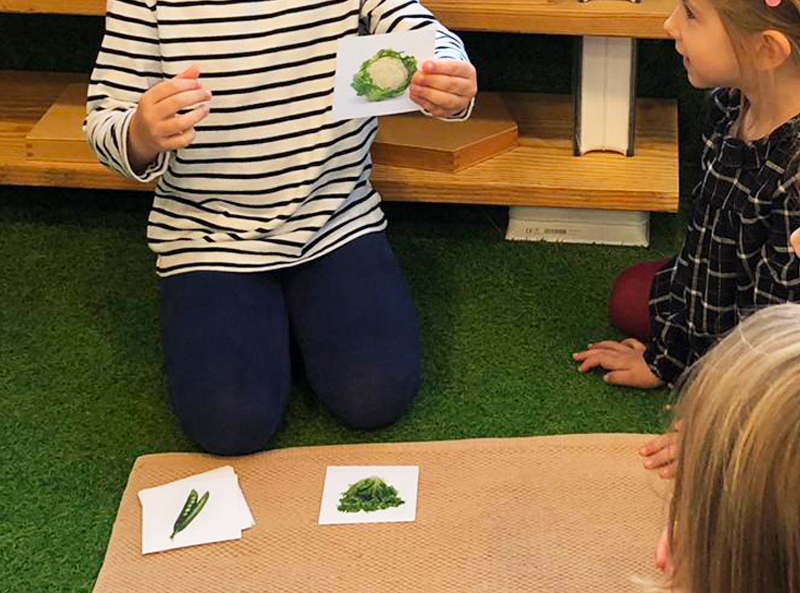
language
Great attention is given to language. Guides use precise language in order to enrich vocabulary. The alphabet is introduced phonetically, through games such as ‘I Spy’. Once confident with the sounds of the alphabet in English, children are introduced to the corresponding letters. These are explored sensorially by tracing sandpaper letter forms that soon prepare them to write words. This happens spontaneously when the child is ready. Reading skills emerge later following each child’s own natural rhythm. We offer a ¨slow immersion¨ approach to English. The primary social language among the children is Spanish, and the Guides starting at the Children´s House level speak in English, although they are fully bilingual and can offer comfort to children and help to resolve concerns and conflicts when necessary. The connection between the adults and the children is forged through establishing security in their communication and we take care to make sure that each child knows that they can be understood, meanwhile offering them exposure and the emotional connection that will allow them to be receptive to English.
mathematics
Before children begin to work with the math materials they internalize mathematical concepts: length, weight and quantity by working with practical life materials. Sensorial materials represent the decimal system, so children acquire a familiarity with it before approaching mathematical operations. Once they internalize the concepts, they move toward abstraction: tracing the sandpaper numbers, exhaustively exploring the value associated with each number, and culminating in the arithmetic operations.
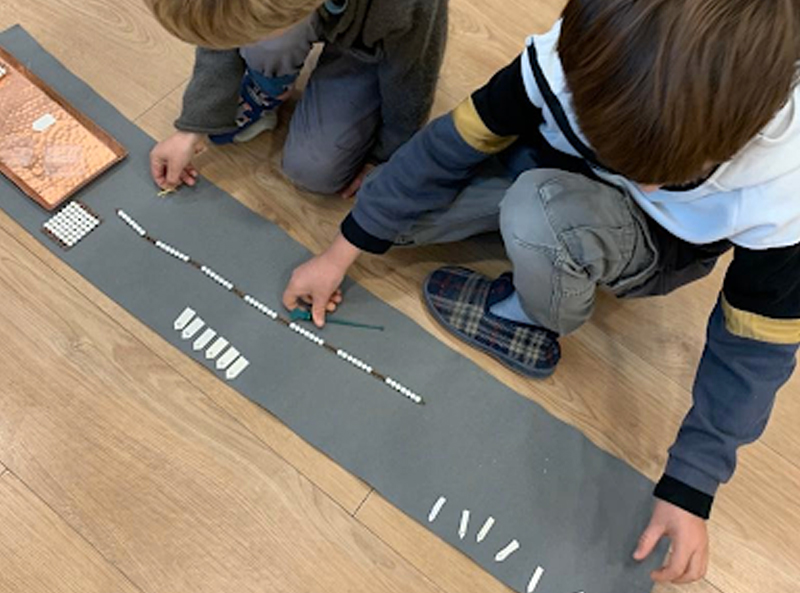
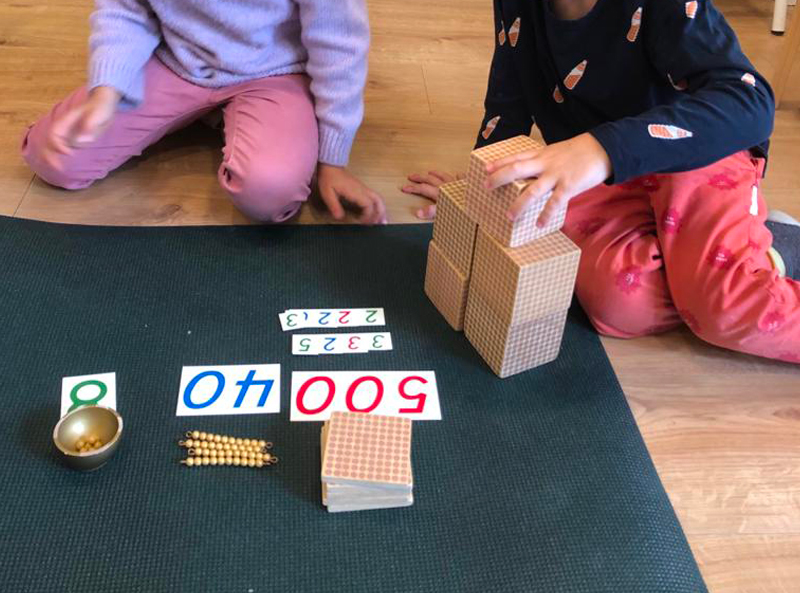
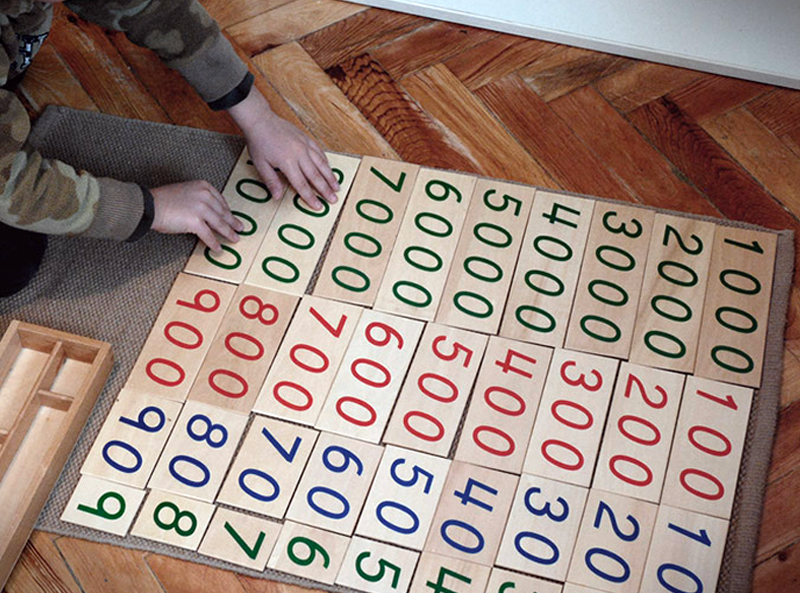
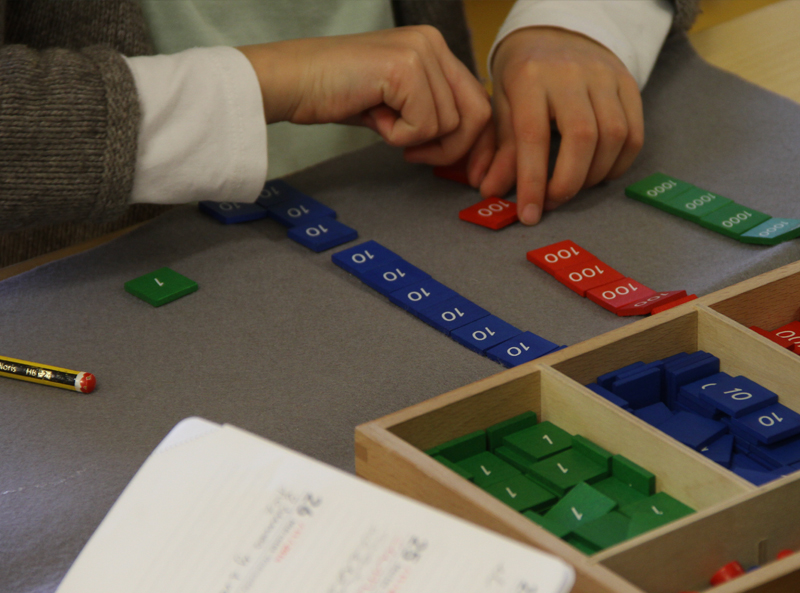
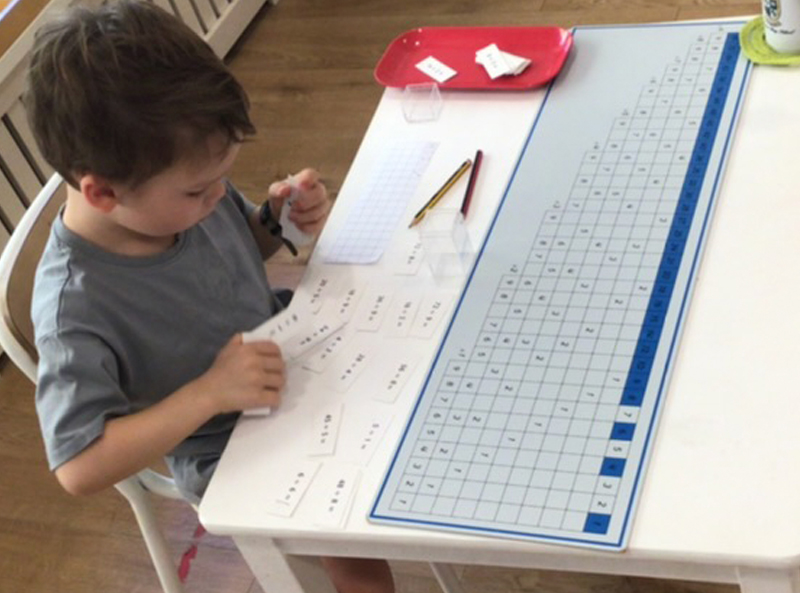
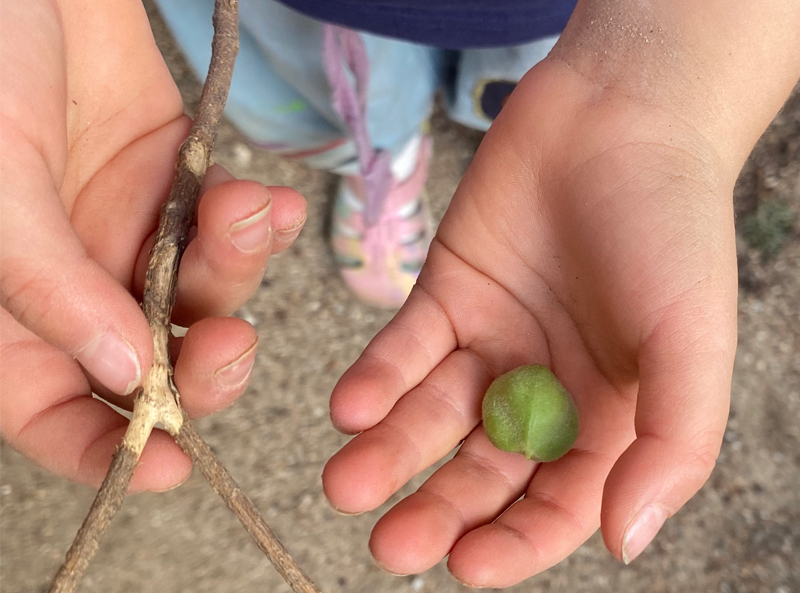

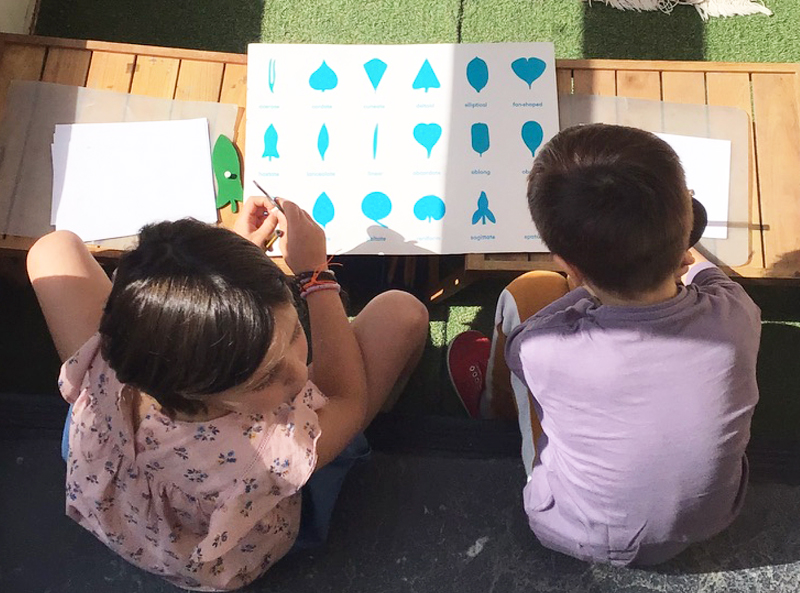
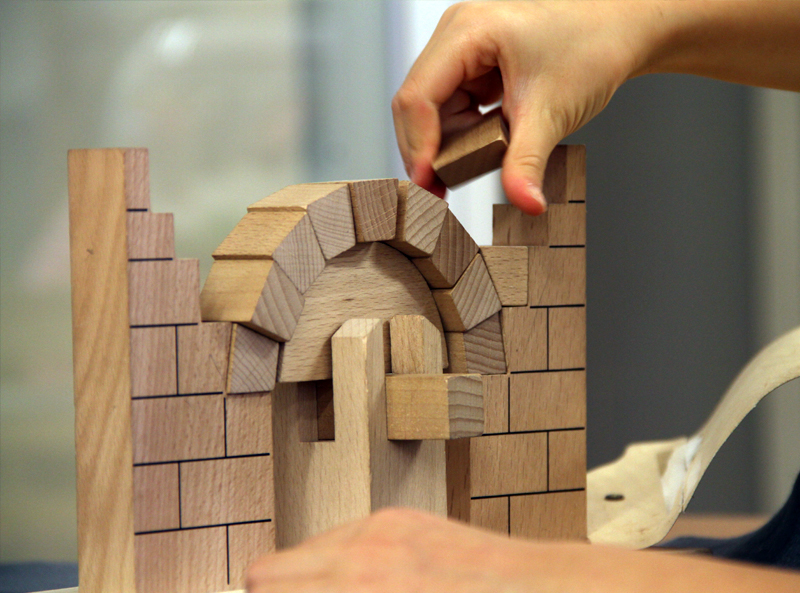
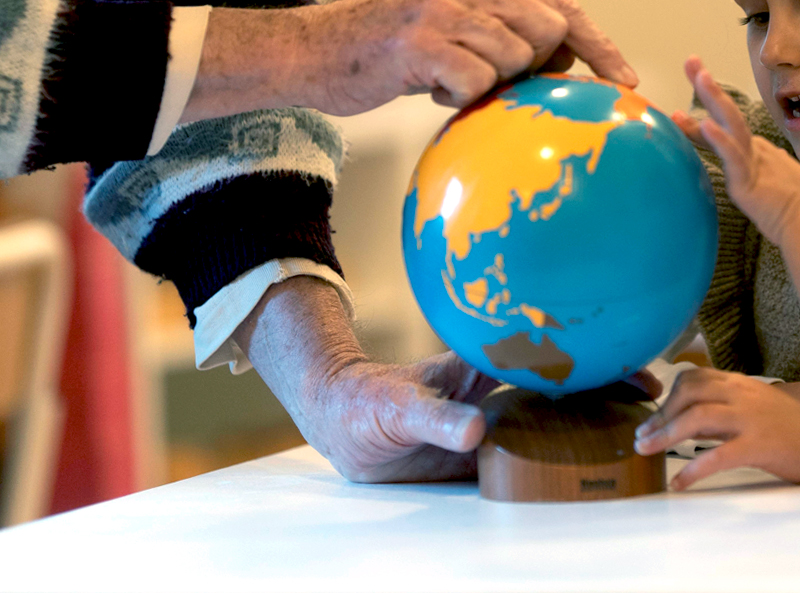
culture
Children are introduced to globes, wooden puzzle maps of continents and countries. Once they explore these materials, they are introduced to their names. They learn about the agriculture, animals, climates and peoples of each continent, expanding their understanding of cultural diversity. Also being an international school the community of children provides many opportunities for discussing different languages, customs and beliefs.
music
Music is also important in the Children’s House curriculum. Children are introduced to basic musical expression through songs and movement. With bells and other percussion instruments they explore tone and rhythm.
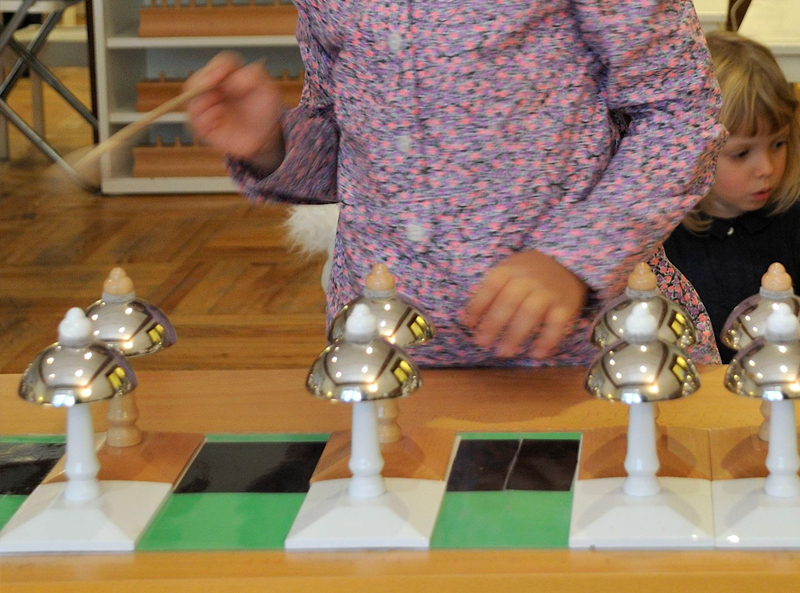
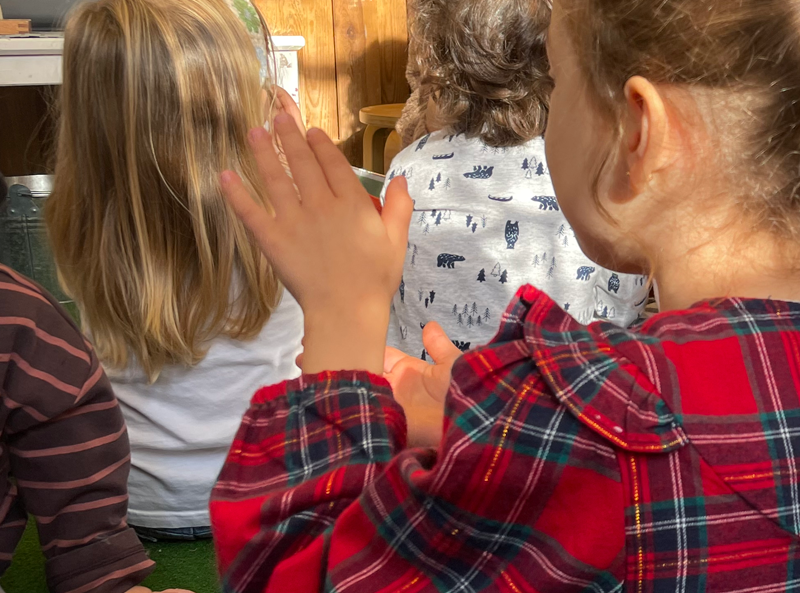
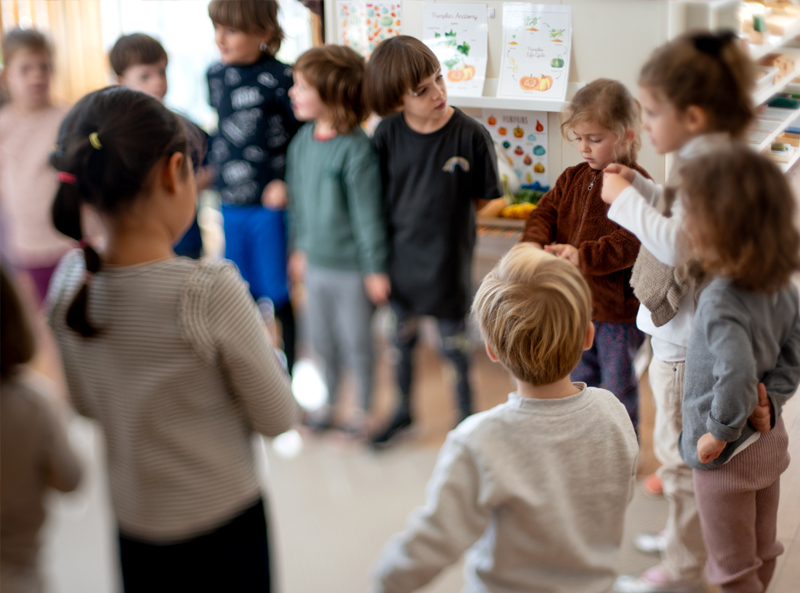
a day in the children's house...
Between 8:45 and 9:00 the children arrive at the school gate where they are greeted individually with a good morning handshake as they come inside. Each child finds their own hook, marked with their name, where they hang their coat and leave their shoes. They change into their inside shoes and then, as they are ready, the children trickle into the classroom, one by one or with a friend. We respect the children’s pace and we support and foster their autonomy during these transitions.
Between 9:00 and 12:00 the children in each classroom are free to choose material that they would like to work with and receive individual lessons, known as “presentations” from the Guide. Each child’s morning begins as soon as they enter the classroom. They can choose an activity that they have previously been shown or chat and interact with other children in the environment.
we respect the children’s pace and we support and foster their autonomy...
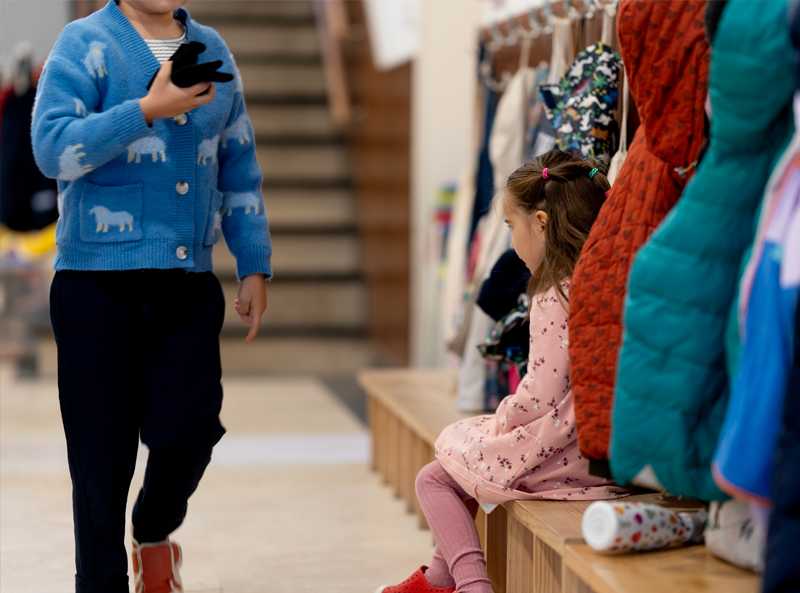
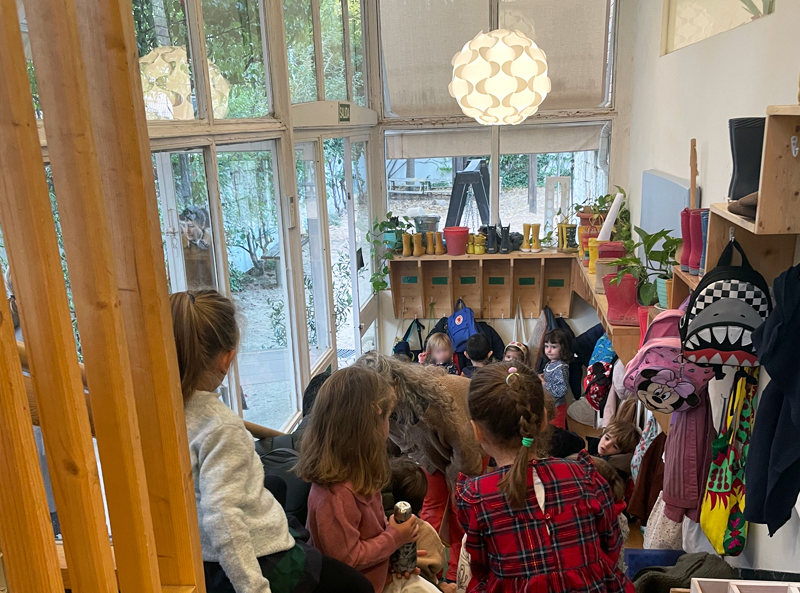
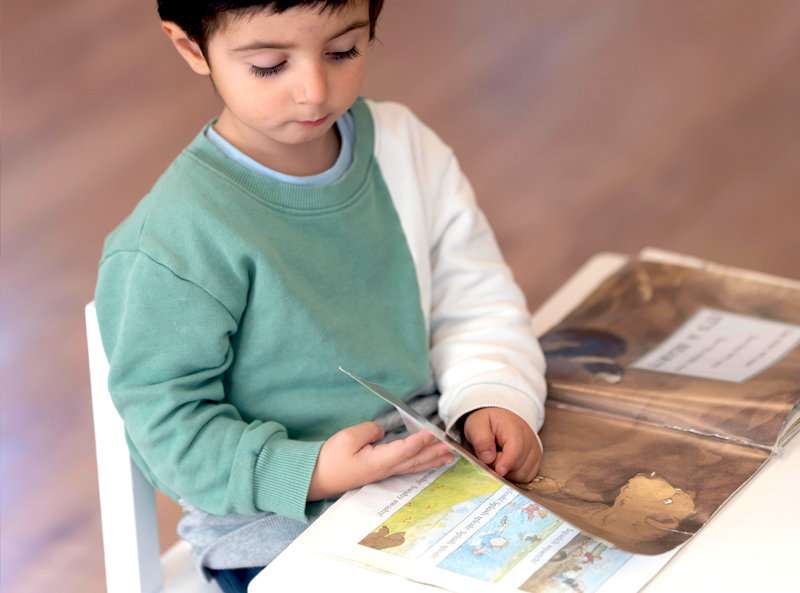
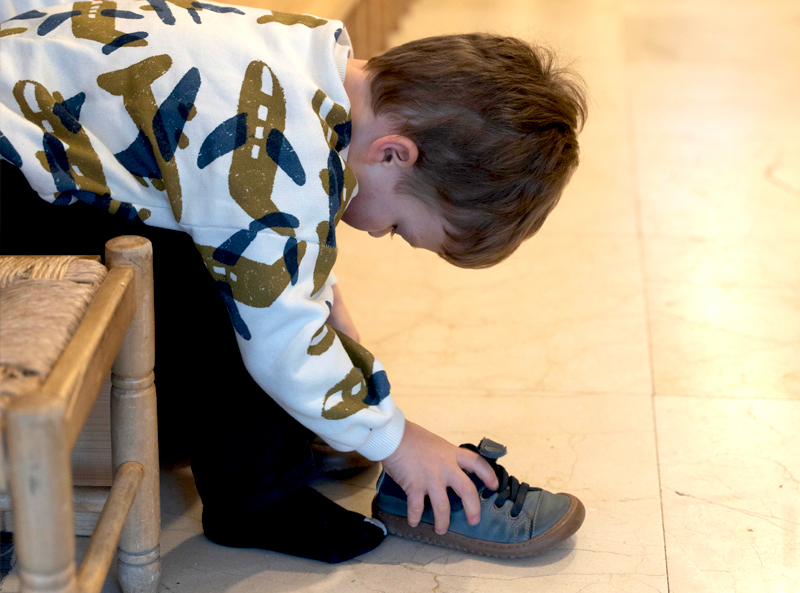
When most of the children have come in, the Guide will start working with children individually, presenting them with a new activity or material. The Assistant will do small groups throughout the morning, inviting children that are not elsewhere engaged. In these small groups they sing songs, read stories or do other exercises that help the children practice the rules of the environment and build a sense of community. Everything is learned from tangible experience: from squeezing an orange for juice to how we open and close a door carefully.
During the morning some children might leave the classroom to bring snack items from the kitchen, or deliver mail to another classroom. At the end of the morning some children set the tables in the classroom for lunch, while others join a bigger group where they can do music and movement or listen to a story. Between 11:45 and 12:00 they wash their hands and sit down for lunch. During lunch we follow basic guidelines like waiting until everybody has been served to eat, not talking with our mouths full and not interrupting our friends at the table. At this moment in their lives, they are exploring their environment through their senses, so a meal is a very rich sensorial experience and most children thoroughly enjoy it. After lunch, the children tidy up, clearing their places so that the classroom is ready for the afternoon work cycle.
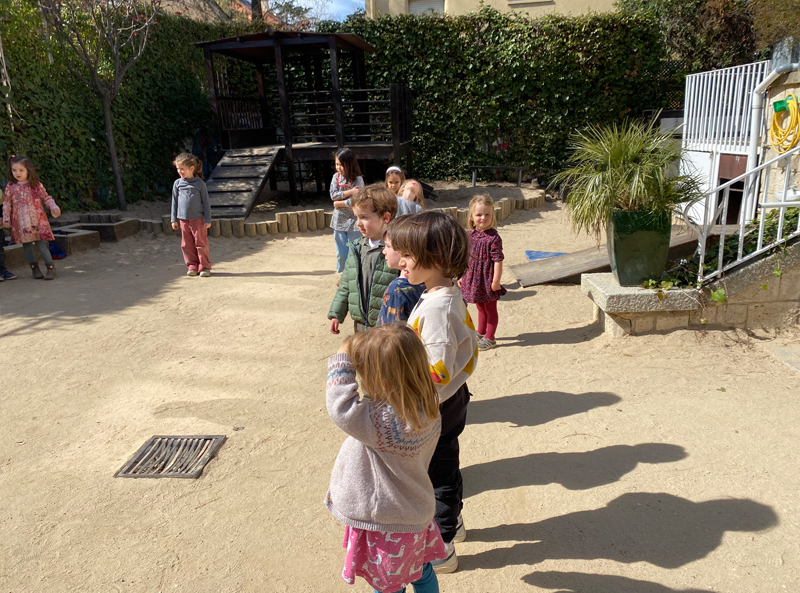
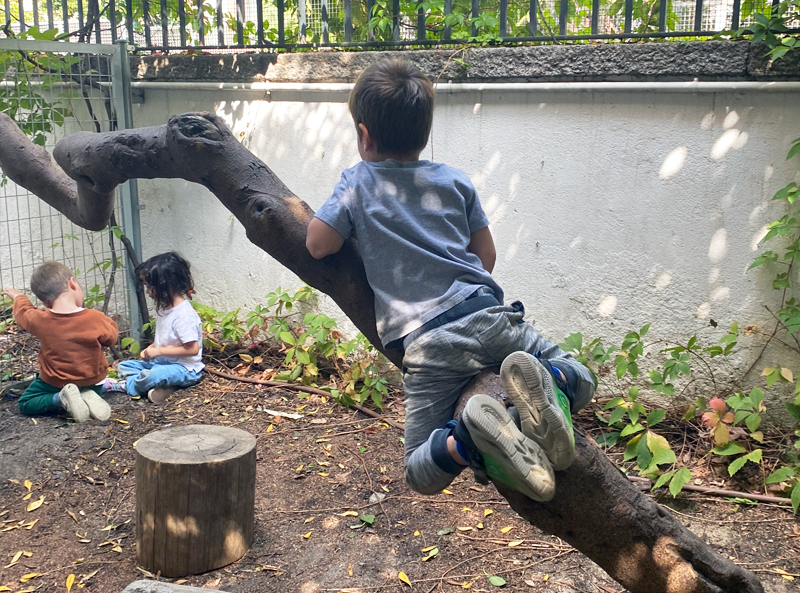
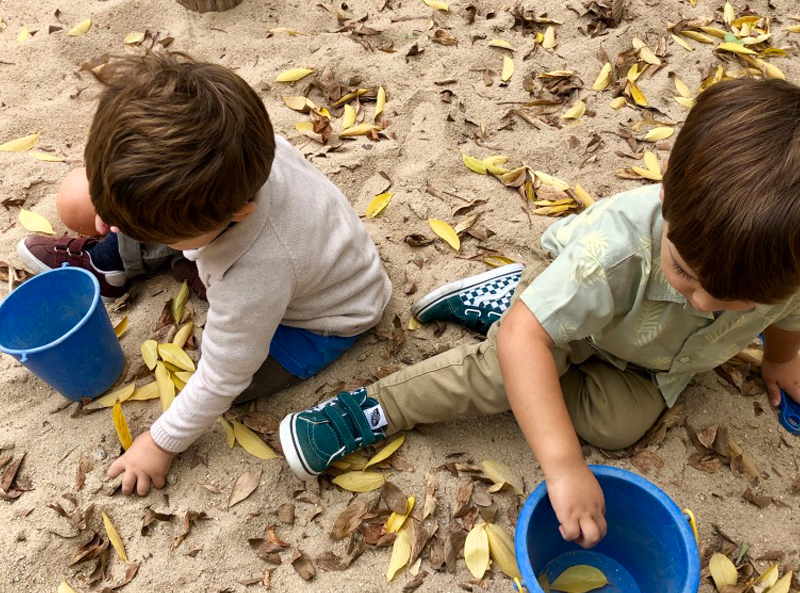
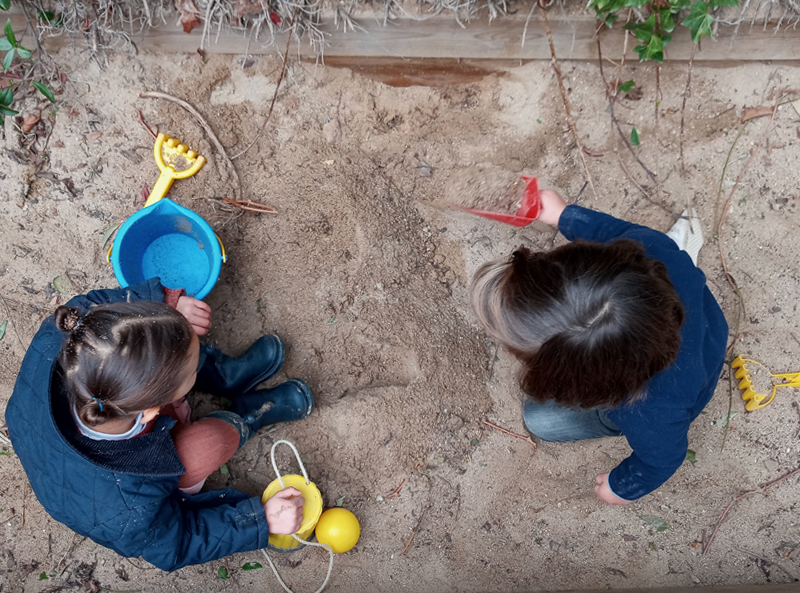

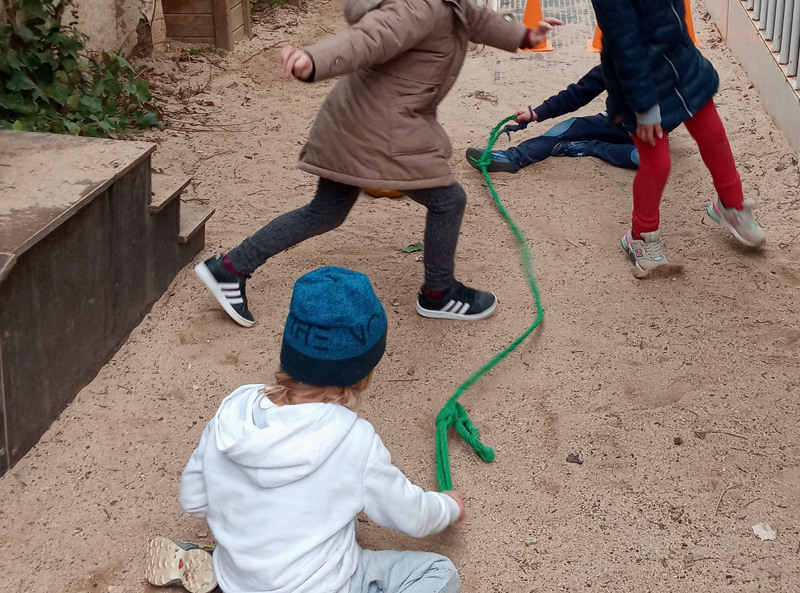
everything is learned from tangible experience...
Patio time: every day between 12:50 and 1:35, the children have free play time outside in our tree-lined patio where they have access to climbing structures, sand for digging and some materials for symbolic play. Montessori Sports activities are available to children in small groups.
Three year-old children who nap go downstairs to the nap room at 13:30 and others stay in our Extended Day program until 15:30 where they have more free play time in the ¨Secret Garden¨, a shady corner of our patio, and an hour inside in a smaller group to have story time and individual work time with the materials of their choice. The 4, 5, and 6 year-old children stay until 15:30 in the classroom and continue working with materials from the different areas of the classroom. All children in the Children’s House are picked up on Fridays at 13:30.
